New York City stood as a giant on the home front during World War II. Though battlegrounds were far away, the war reached deep into the lives of everyone living in the city. The declaration of war after the attack on Pearl Harbor instantly changed the city’s rhythm and focus.
One of the first visible signs of war preparations was the practice of air raid drills and blackouts. Sirens would sound, signaling everyone to turn off lights and pull down dark curtains or shades. Buildings went dark to prevent them from being easy targets for enemy planes, though an attack on NYC was unlikely. Air raid wardens patrolled the streets, making sure no light escaped windows. This nightly readiness created a unique, slightly eerie atmosphere across the five boroughs.
New York’s massive industrial strength was quickly turned towards the war effort. Shipyards along the rivers, like those in Brooklyn and Staten Island, became incredibly busy building and repairing ships for the Navy and merchant marine. Factories across the city switched from making consumer goods to producing military supplies, uniforms, and equipment. This meant jobs for many New Yorkers, fueling the city’s economy but also demanding long hours and hard work.
Read more
The port of New York was perhaps the city’s most critical contribution. It was the main point of departure for millions of American soldiers heading overseas to fight in Europe and North Africa. Troopships filled the docks, and soldiers in uniform were a common sight throughout the city before boarding their transport ships. The port also bustled with activity loading ships with tanks, planes, food, and all the supplies needed to fight a global war. It was a non-stop hub of wartime logistics.
Civilian life changed significantly for New Yorkers. Rationing became a normal part of daily life. Families received ration books with stamps that limited how much sugar, coffee, meat, butter, gasoline, and other goods they could buy. This ensured that enough supplies were available for the military. Waiting in line at grocery stores or gas stations became common.
Conservation was also a major focus. People were encouraged to plant “Victory Gardens” in backyards and empty lots to grow their own food, easing the demand on commercial farms and transportation. City dwellers collected scrap metal, rubber, and paper for recycling into war materials. Children participated enthusiastically in these drives. War bond drives were everywhere, urging citizens to buy bonds to help fund the war, with patriotic posters displayed on walls and in windows.
The city’s diverse population played a vital role. People from all backgrounds worked side-by-side in factories, volunteered for civil defense, and served in the military. Women took on jobs in industries that were traditionally held by men, including working in shipyards and factories, proving their capability and patriotism.
Despite the anxieties of war, the city maintained a certain energy. Broadway shows continued, though often with patriotic themes or messages supporting the troops. Music reflected the times, with popular songs about soldiers, separation, and hope for victory. Servicemen on leave often flocked to Times Square, seeking entertainment and a taste of home before heading back to duty.
Security was tightened throughout the city. Bridges, tunnels, and important buildings were guarded. The coastline was monitored for any signs of enemy activity. While daily life continued, there was an underlying awareness of the global conflict and New York’s direct involvement as a crucial support center. The city effectively mobilized its people and resources to help achieve victory.


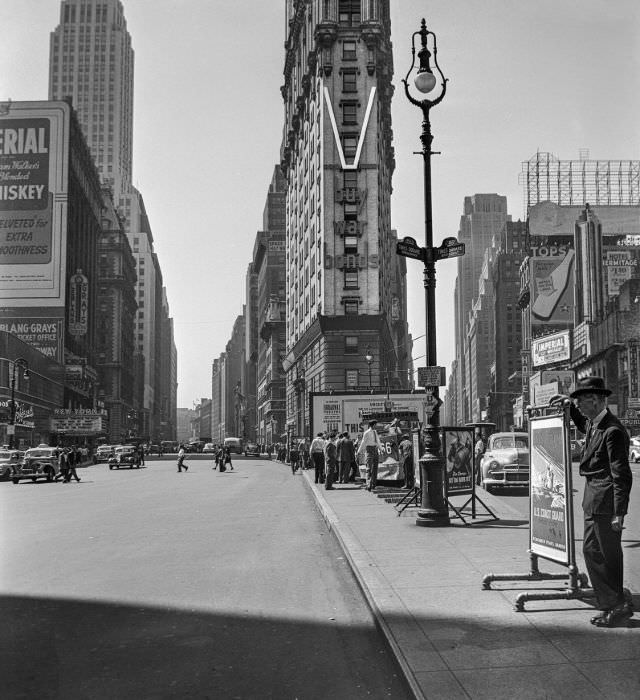

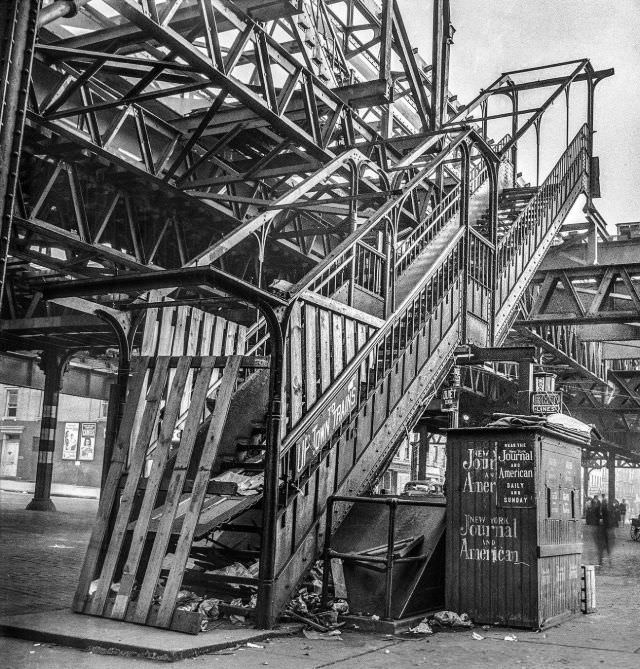
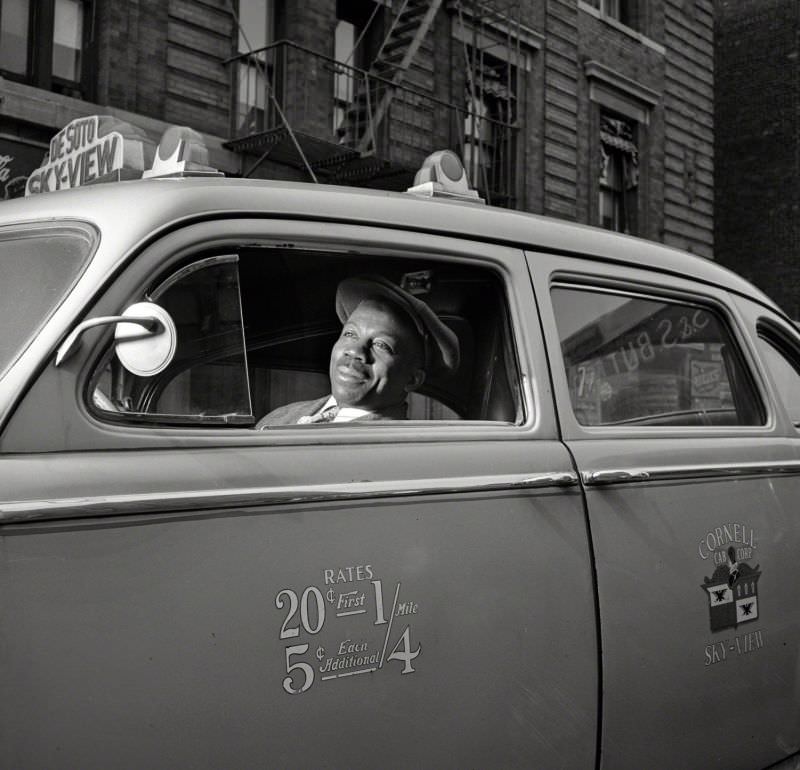
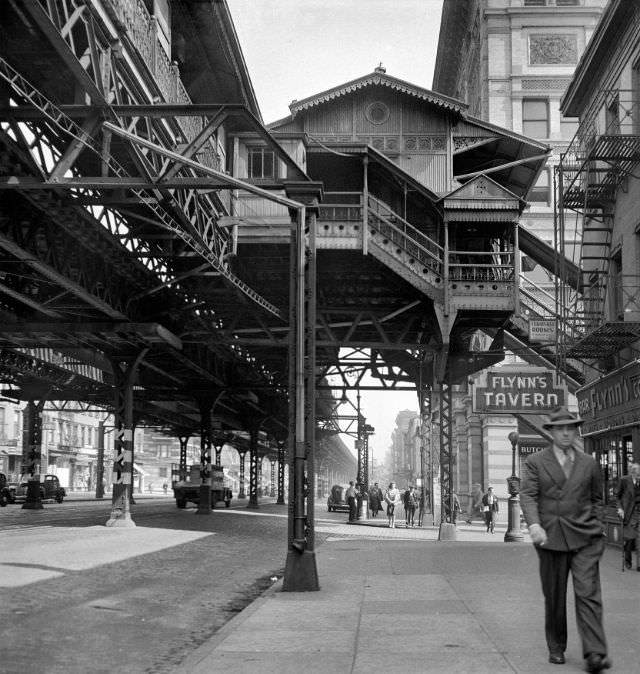
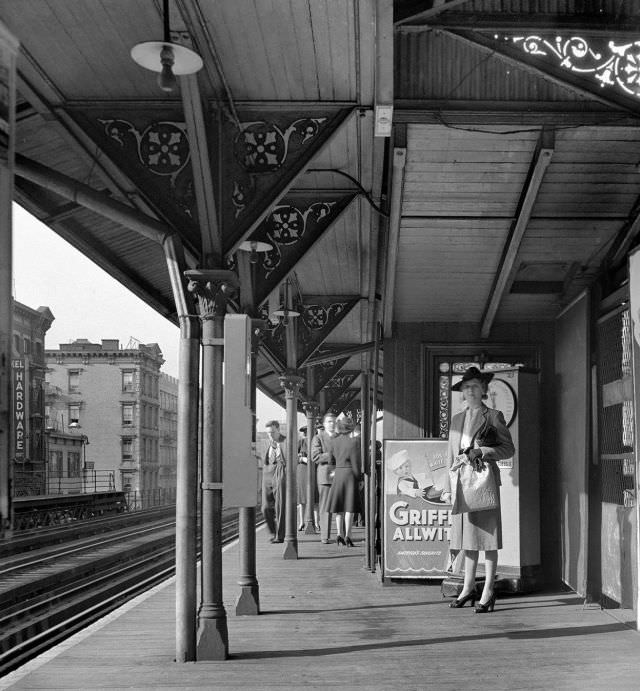

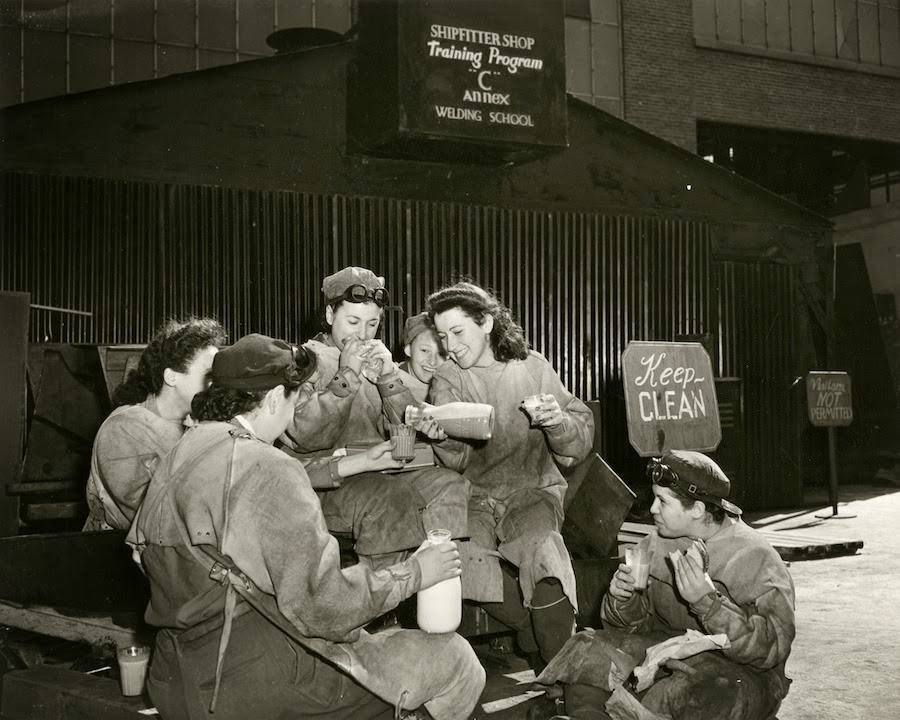
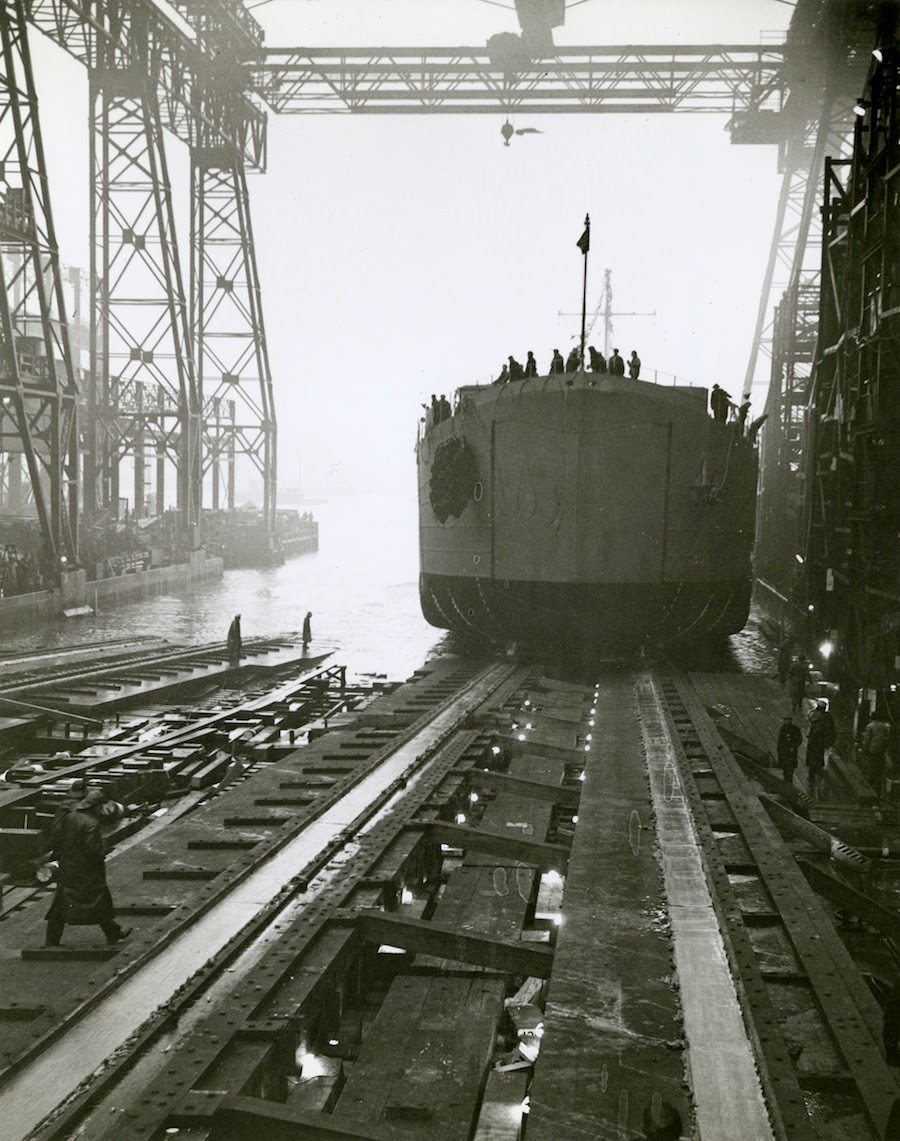
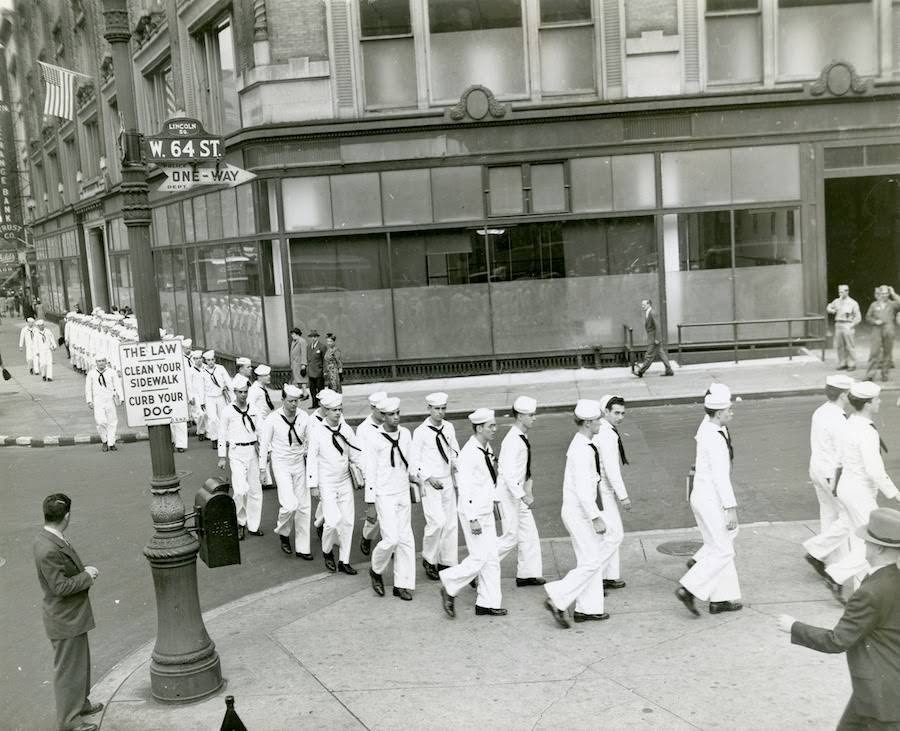
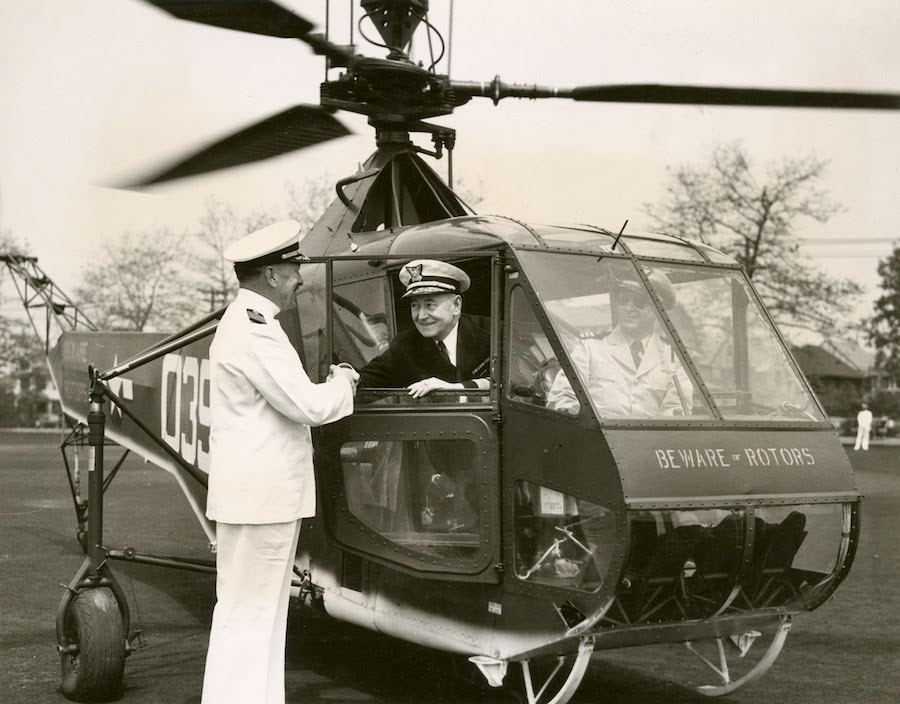
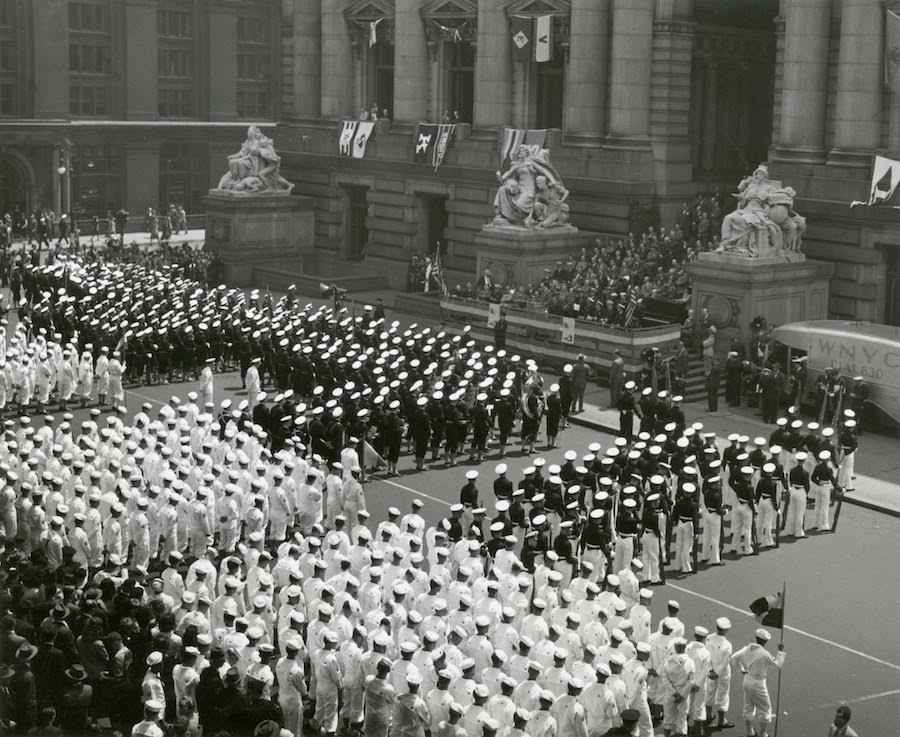
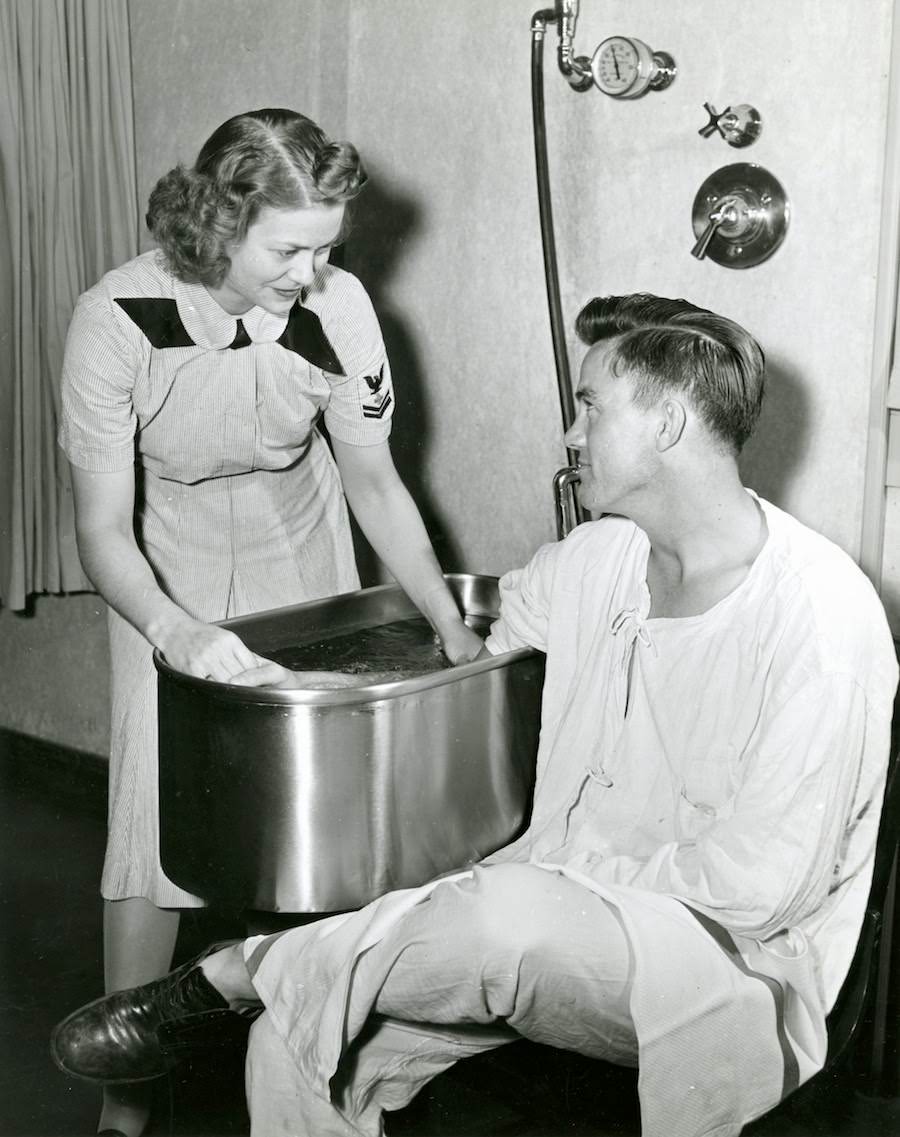
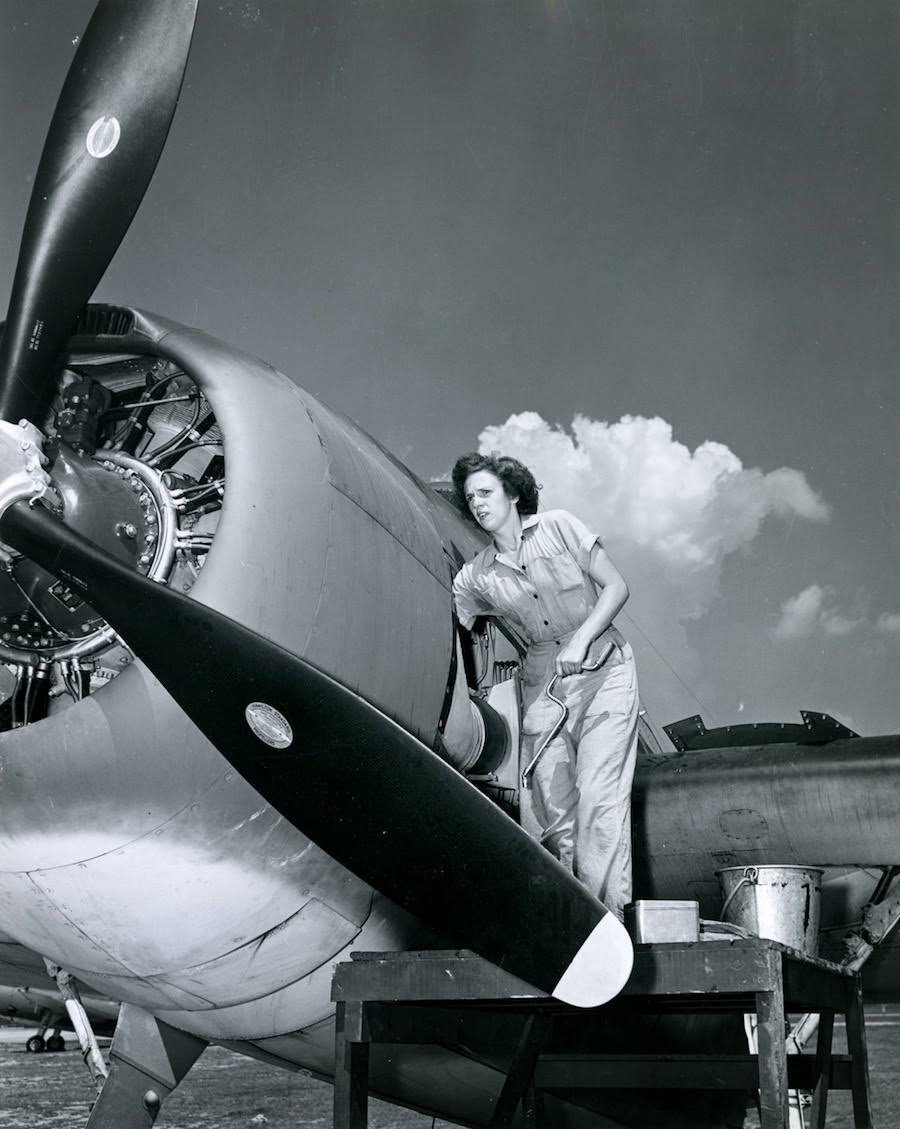
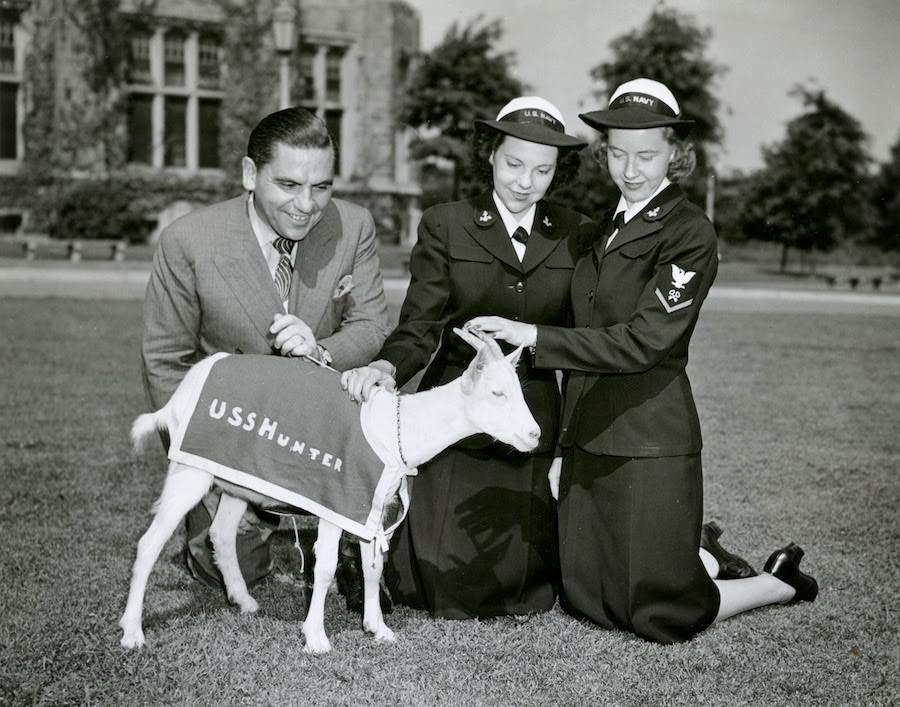
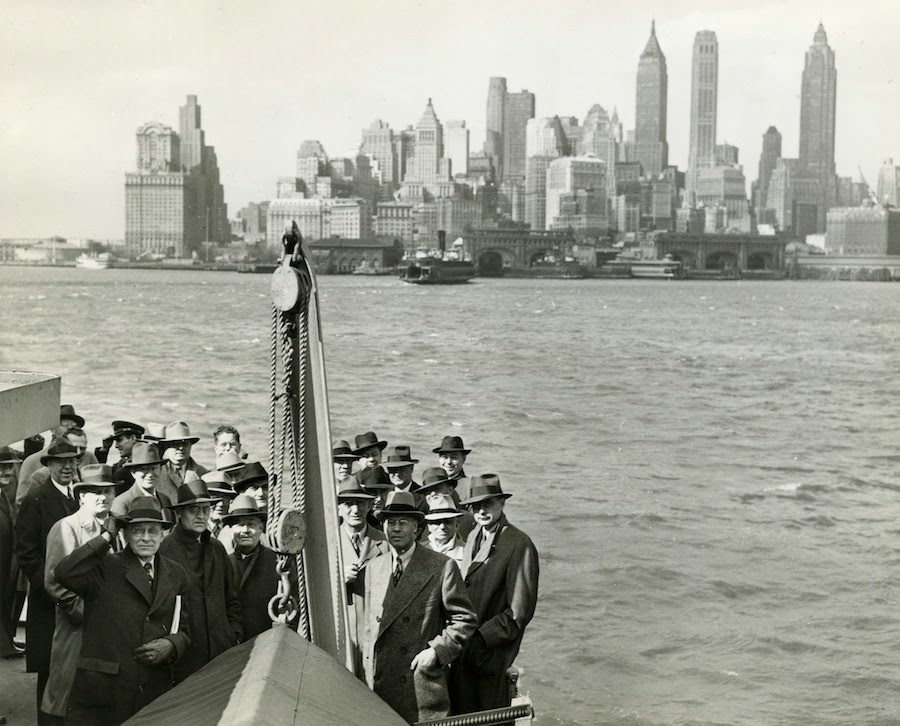
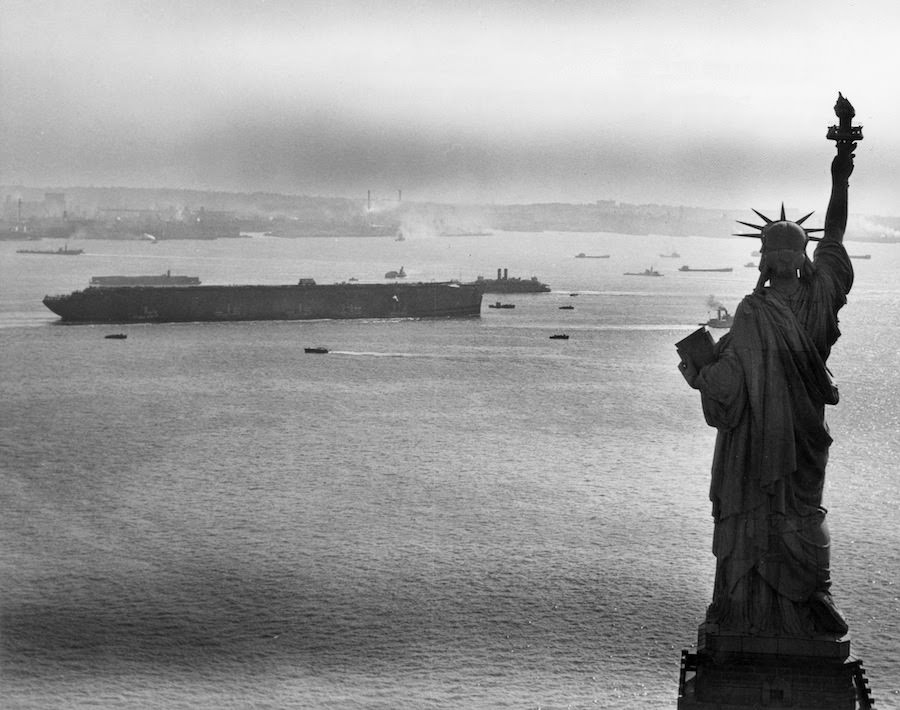
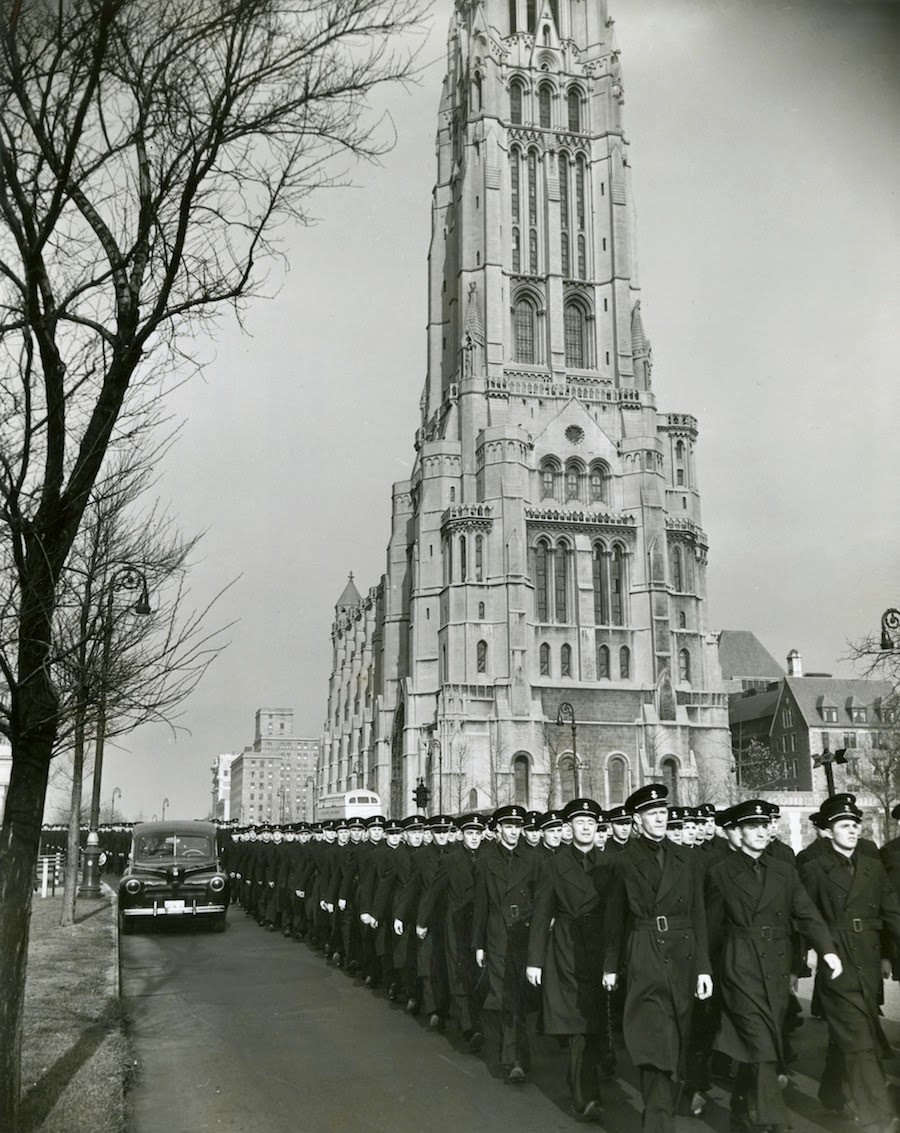
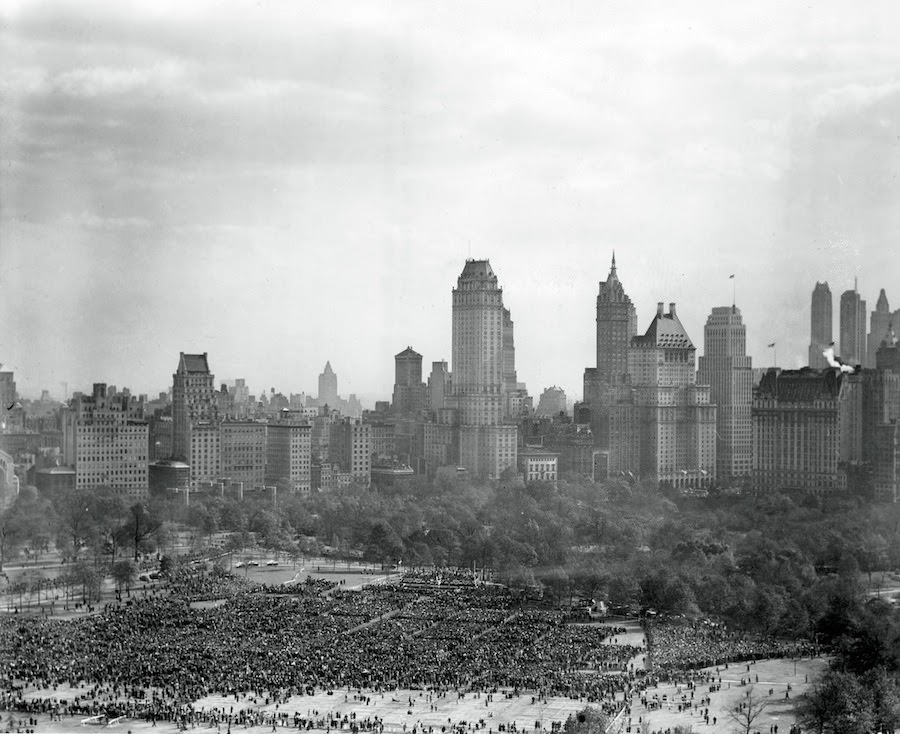
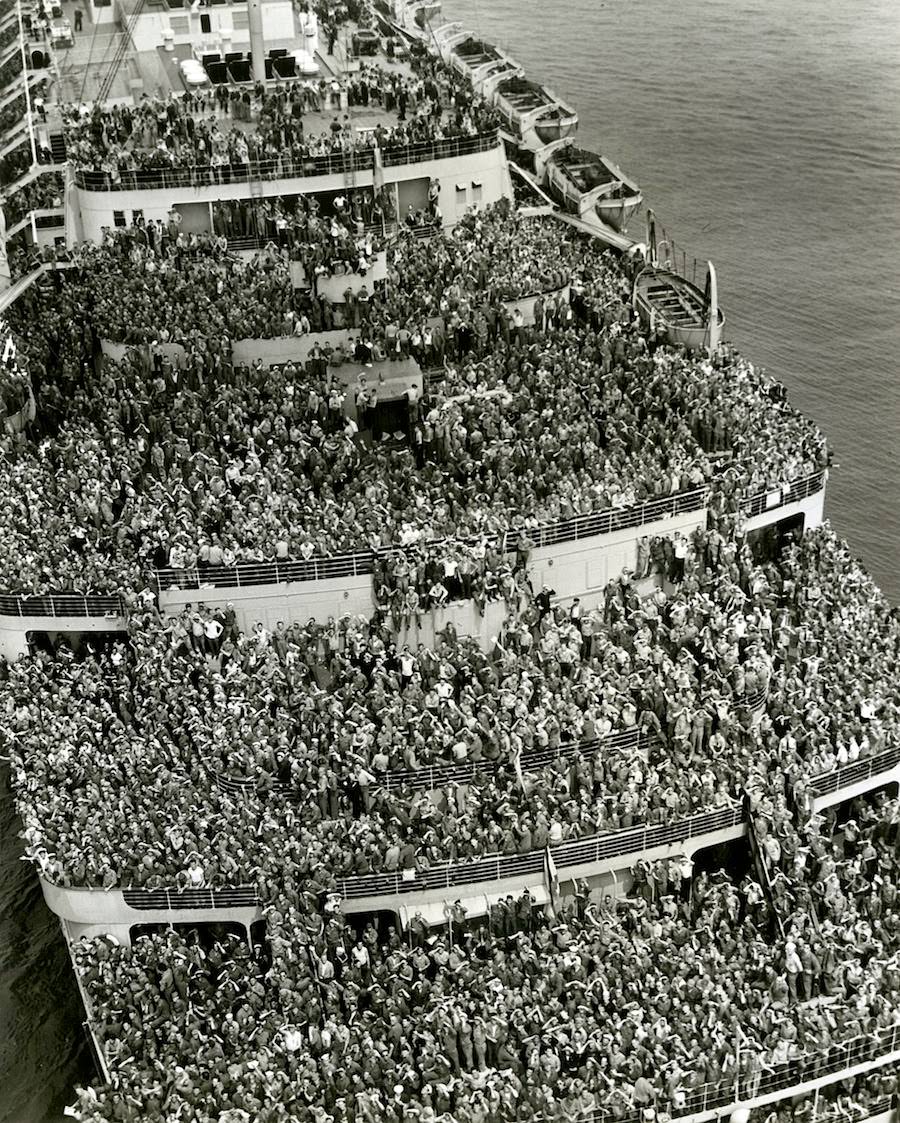
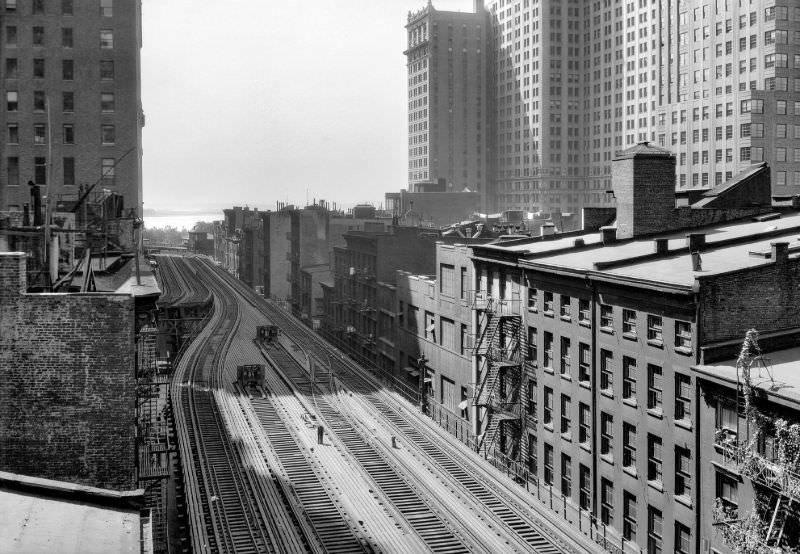
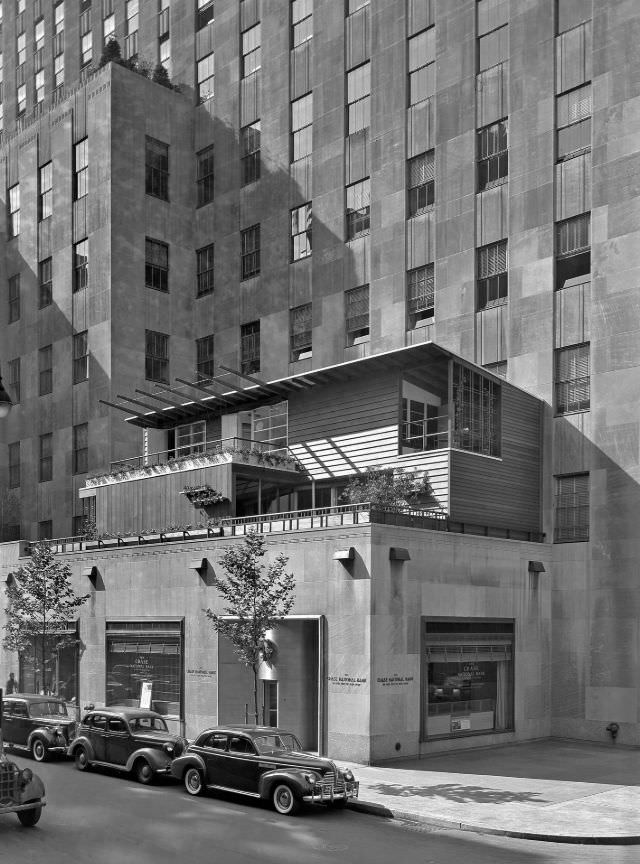
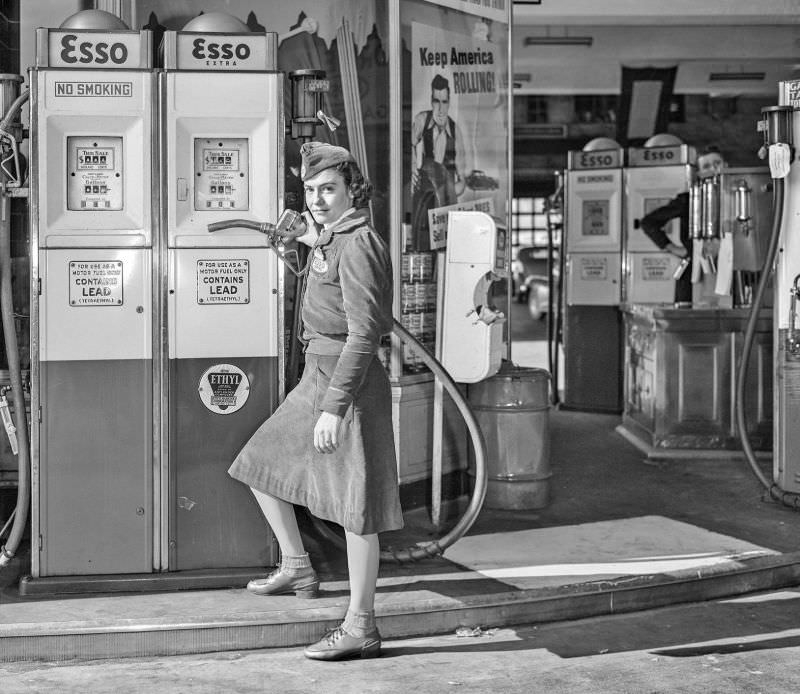
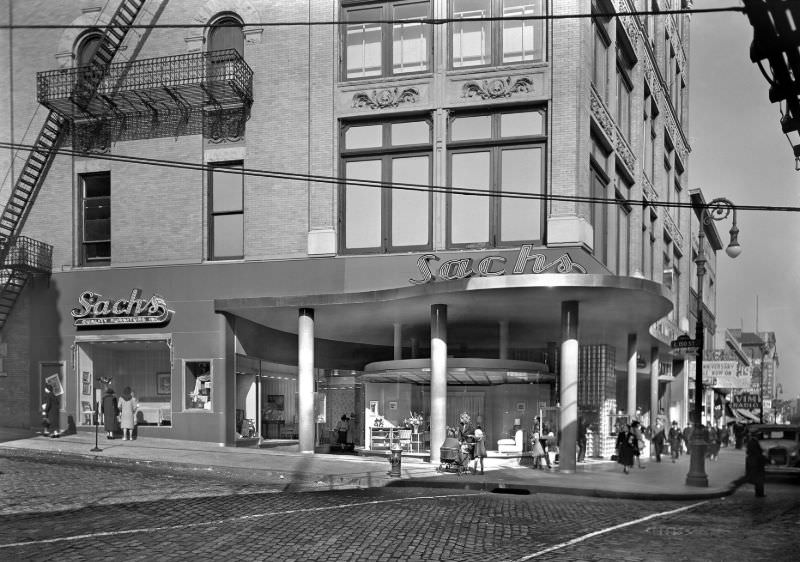

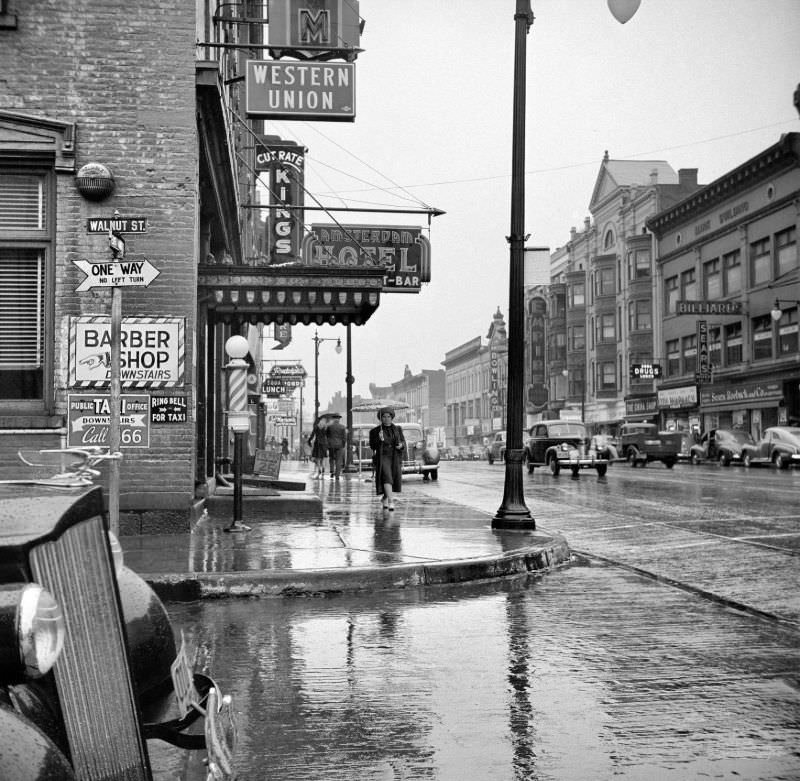
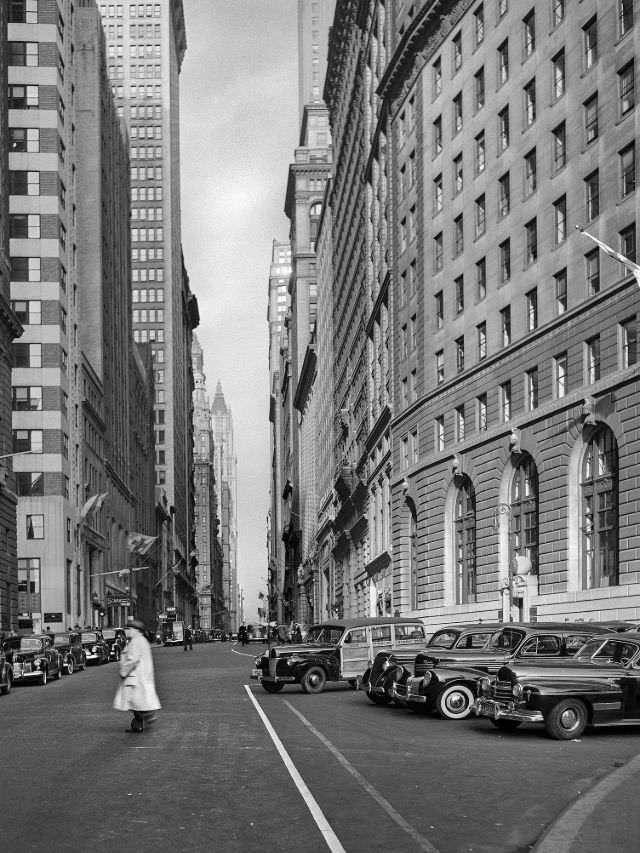
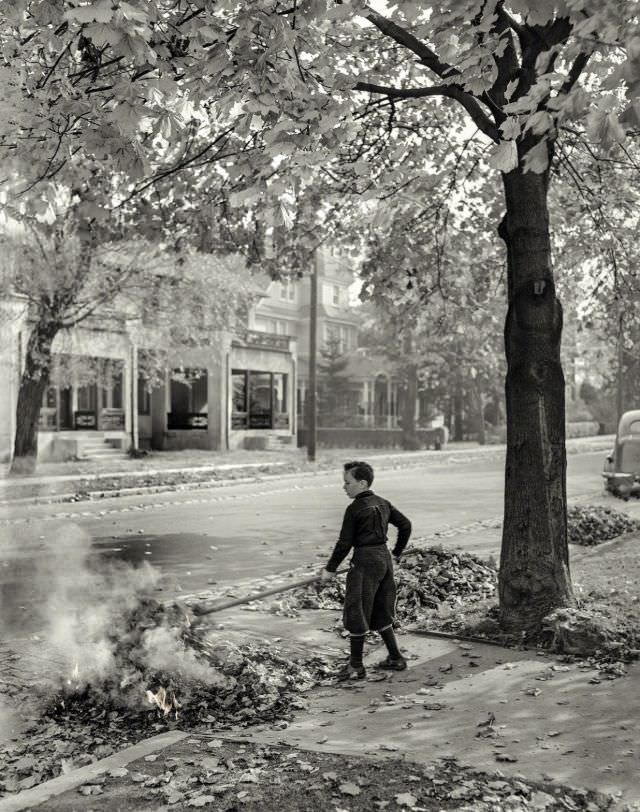
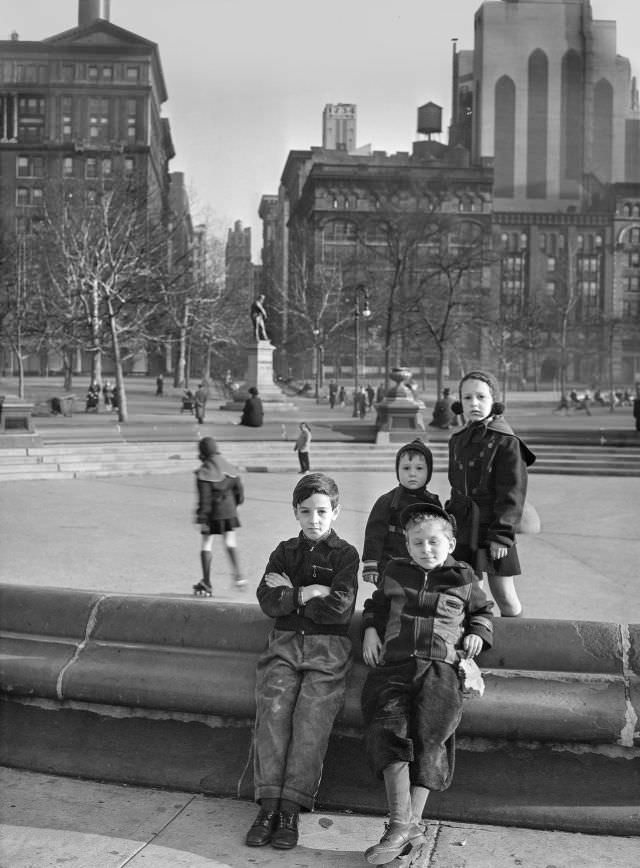
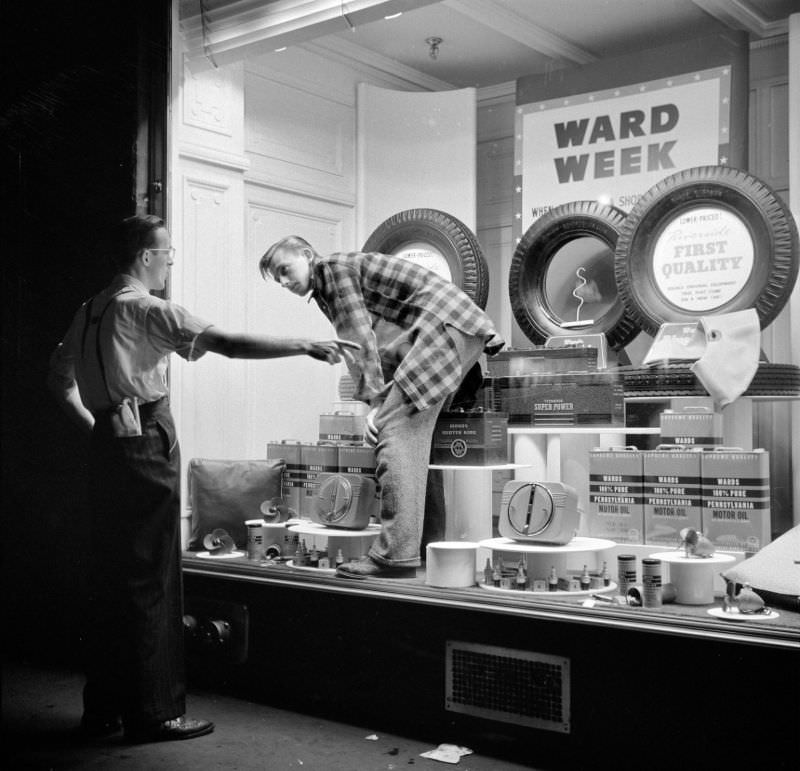
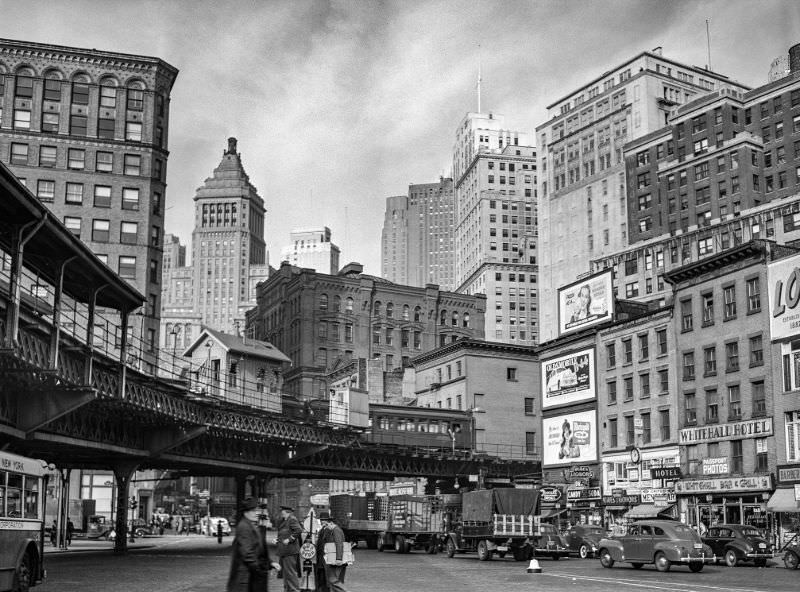
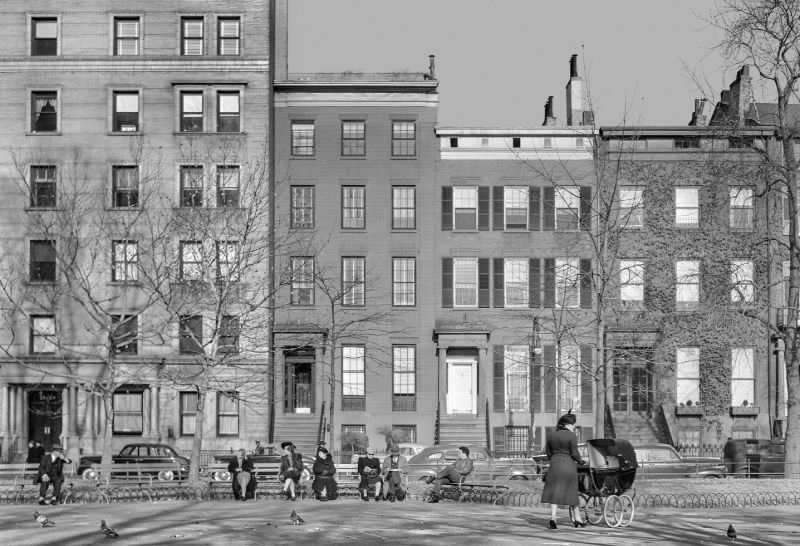
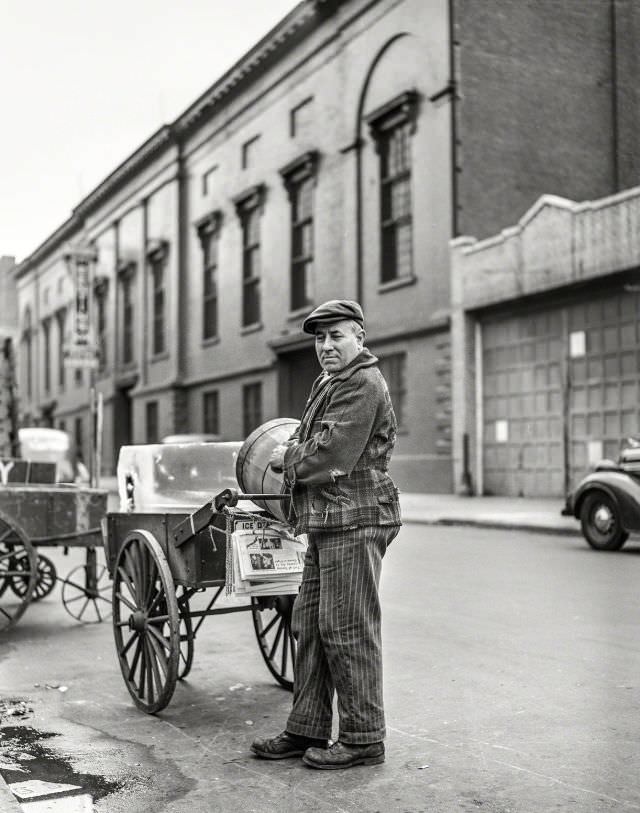
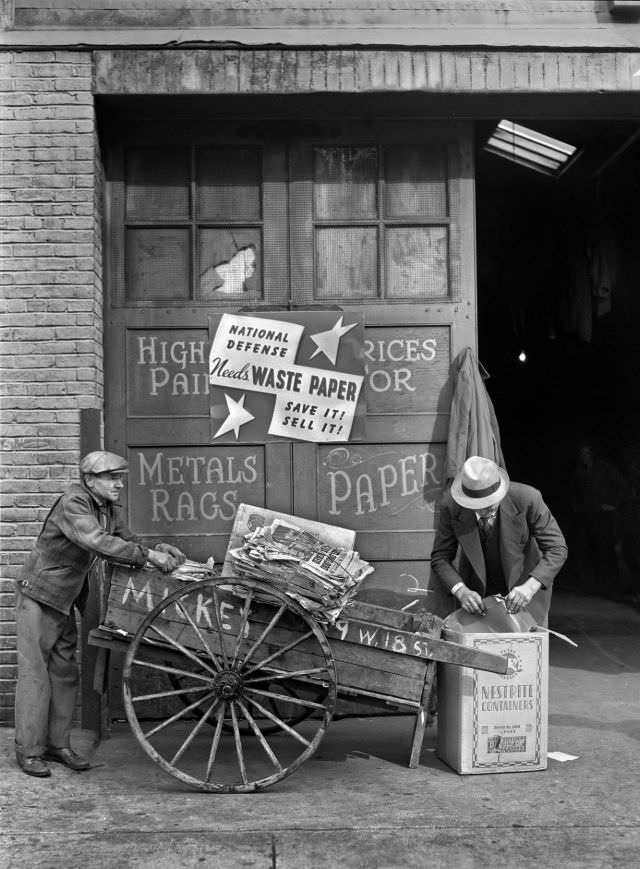
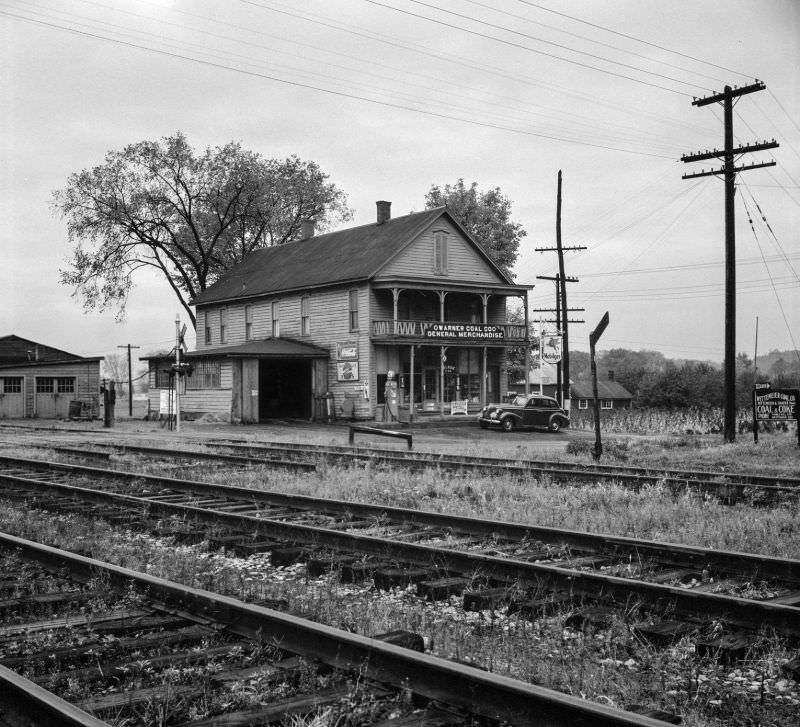
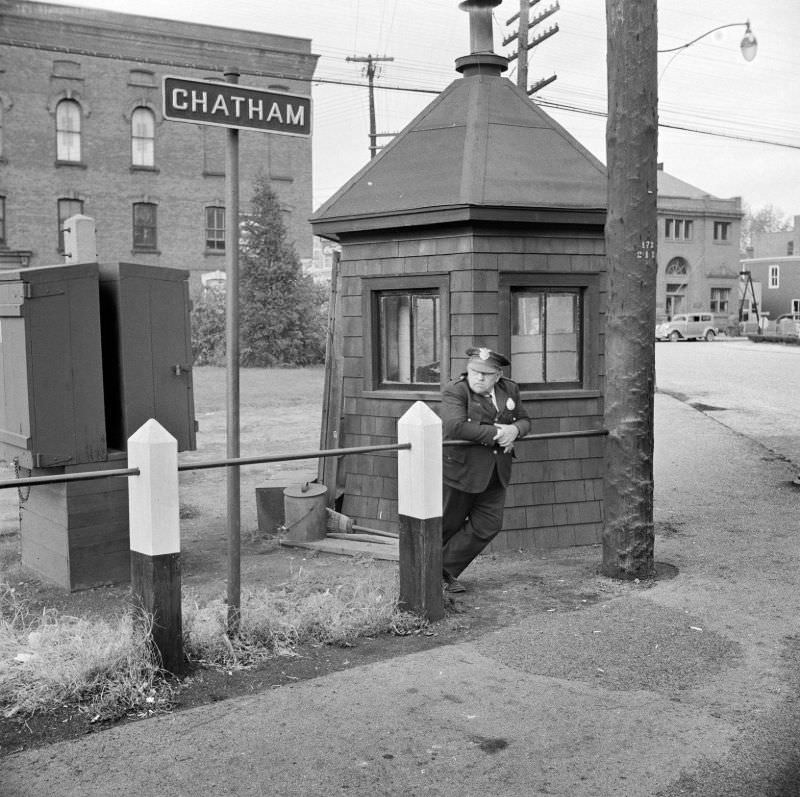
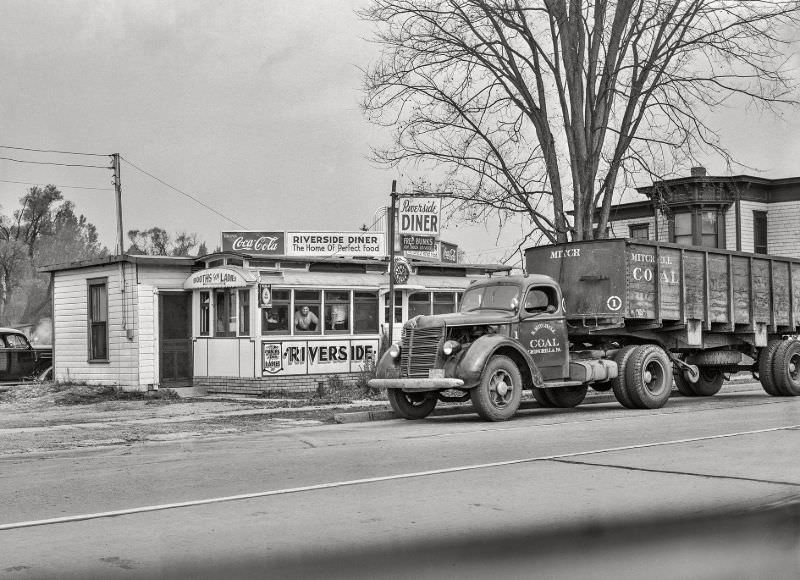
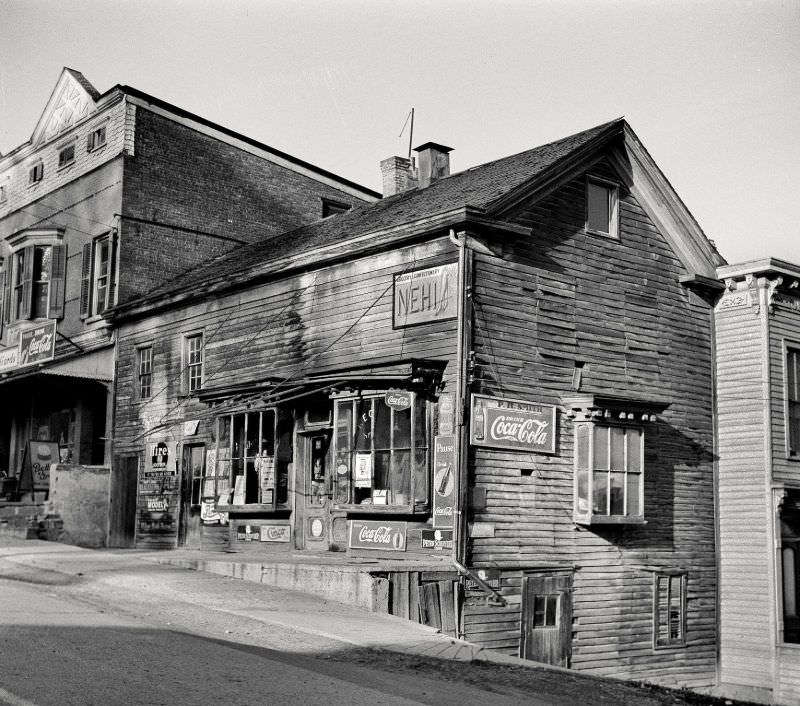
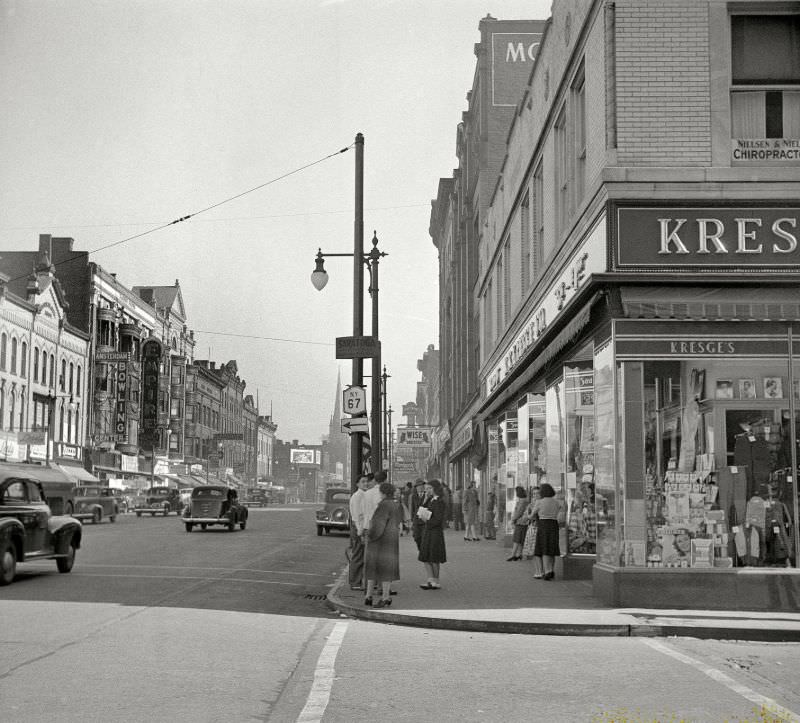
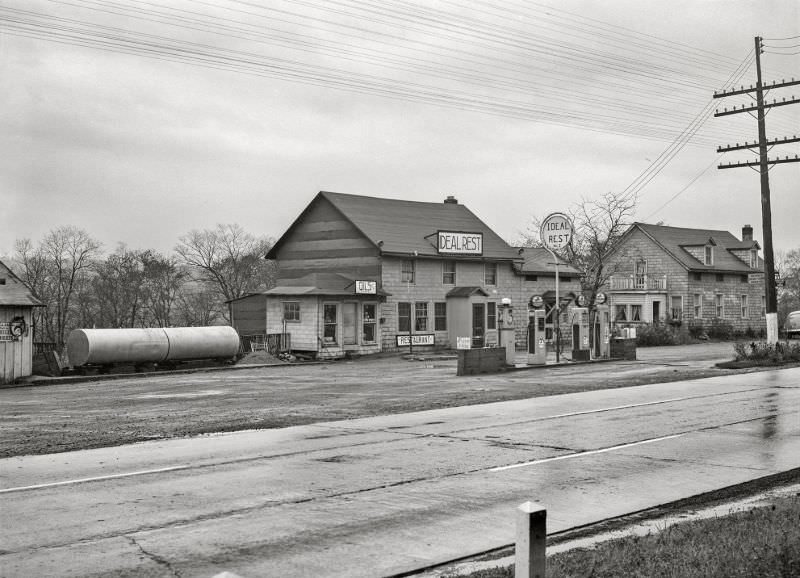
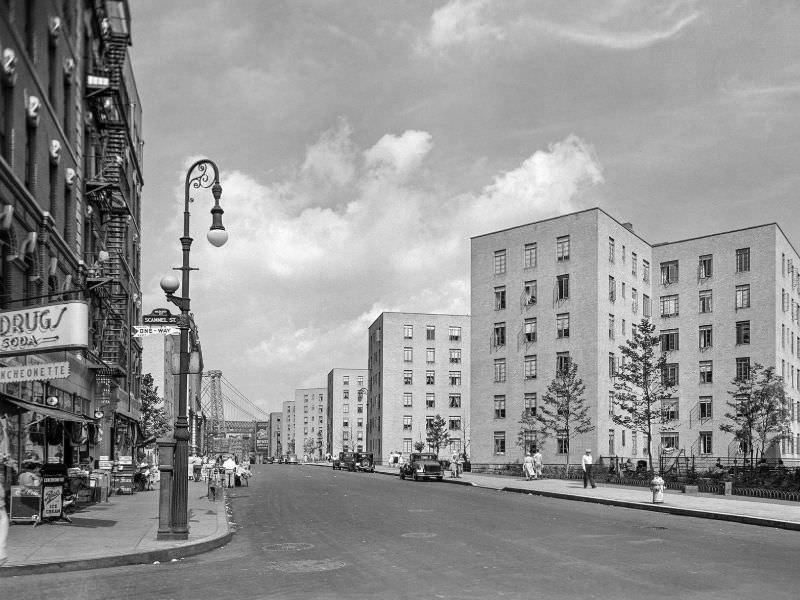
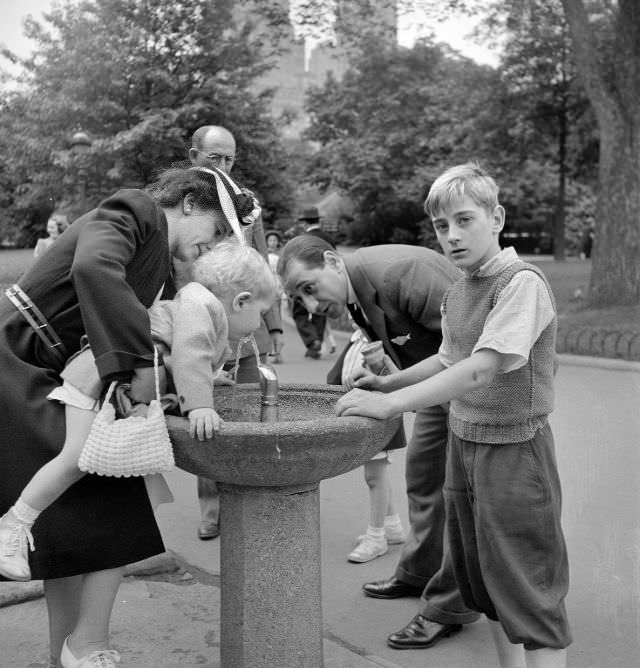
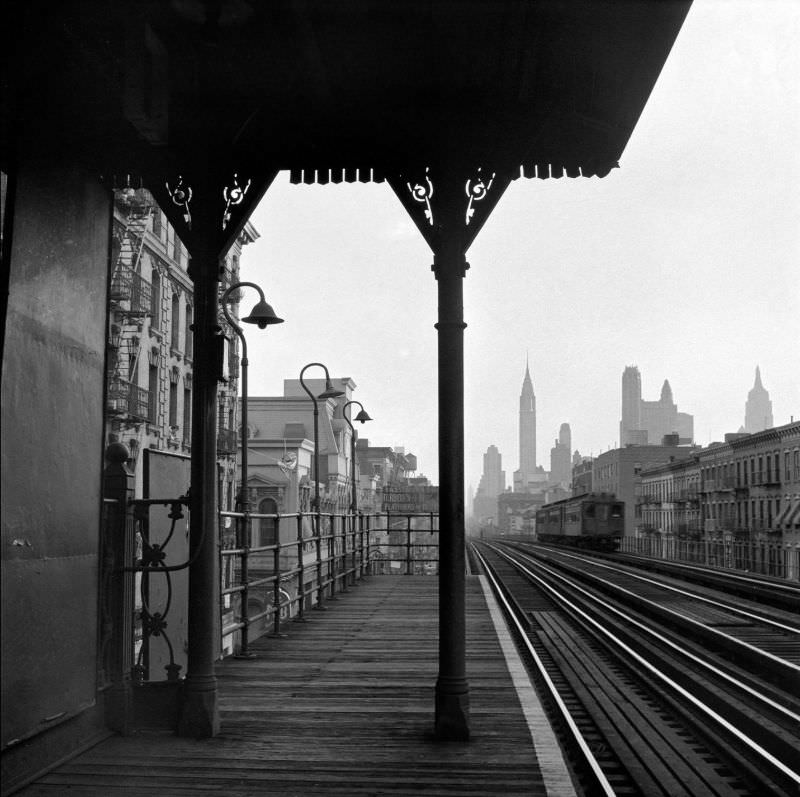

In #18 the building is Riverside Church. Grant’s Tomb is to the left, just outside the picture.